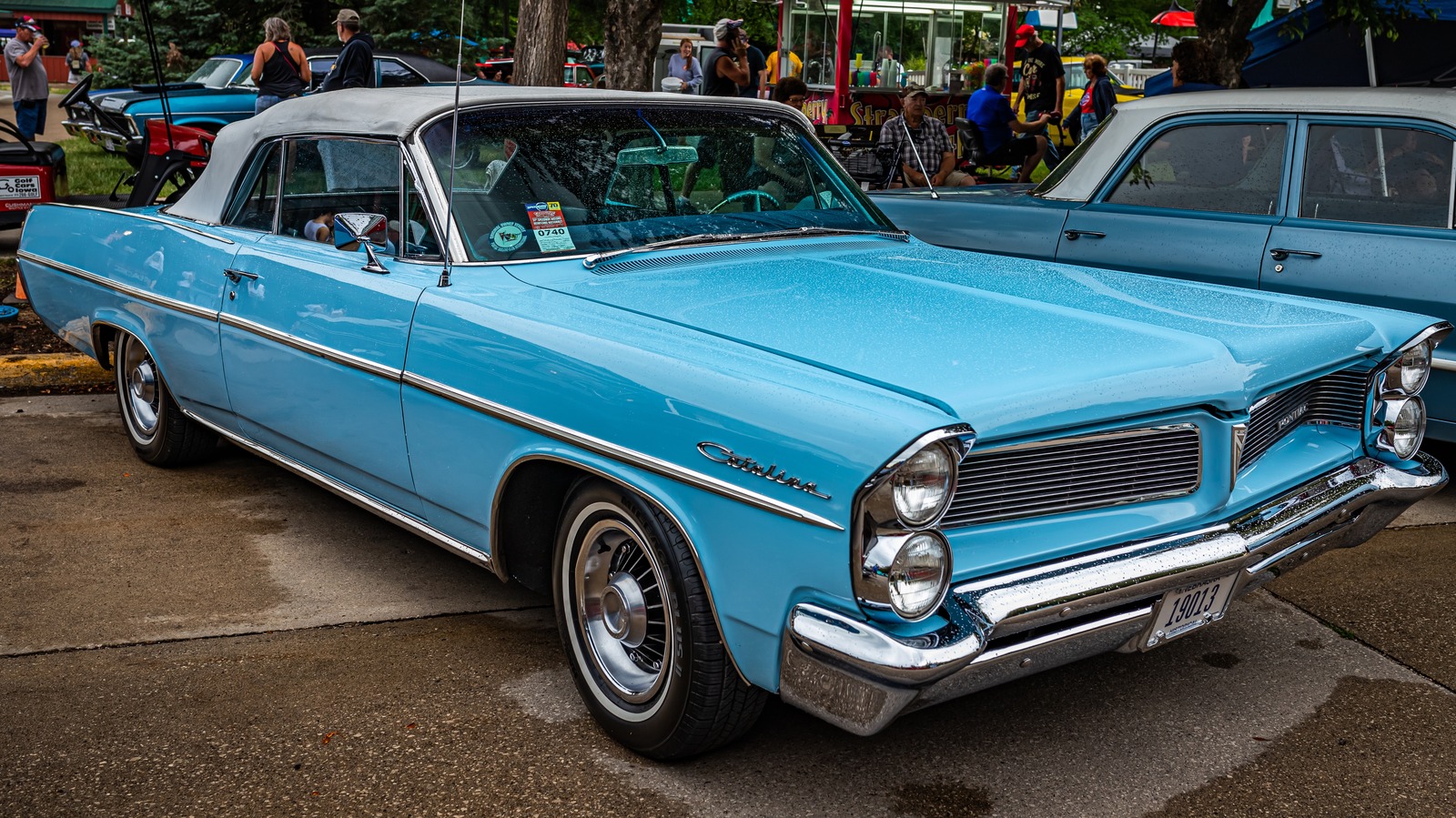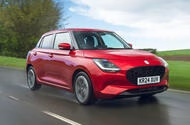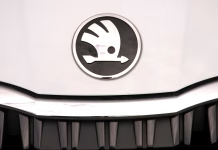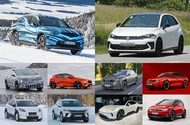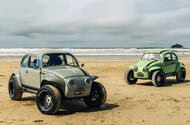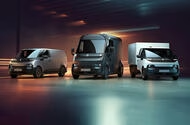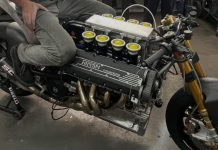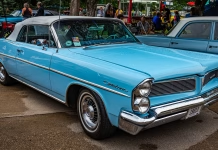Suzuki Swift Review Is This Stylish Supermini the Best Value Small Car in the...
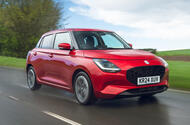 Suzuki’s stalwart supermini promises tech, style and an engaging drive. Does it deliver? In the current automotive landscape, the business case for bigger cars is easier to justify than that for smaller ones, which makes vehicles like the Suzuki Swift all the more unusual. The small car sector might seem alive and well in other countries, but in the UK, many of the little Suzuki's conventional rivals have been consigned to the history books. There's no longer a Ford Fiesta or a proper Mazda 2, and who remembers the Nissan MicraIt's not all bad news, though, because there are a few survivors, like the Hyundai i10, Volkswagen Polo, Renault Clio and Skoda Fabia, alongside a few EV alternatives like the Hyundai Inster and Renault 5. It helps, then, that the Swift is a car that we would recommend to buyers in such a market. Read on to find out why...The Suzuki Swift range at a glanceAll Swifts come generously equipped as standard. Entry-level Motion models get heated front seats, keyless entry, a rear-view camera, 16in alloy wheels and a 9.0in infotainment touchscreen with wireless Apple CarPlay and Android Auto. Step up to Ultra trim and you get automatic air conditioning, 16in alloys with a polished finish, rear-seat air vents and electrically folding mirrors.Prices start from just over £19,000 and rise to just over £20,000 for top-spec models.There's only one engine available: a 1.2-litre naturally aspirated petrol triple with mild-hybrid assistance. It's only as powerful as the non-electrified unit in its predecessor, but it's faster to 62mph and Suzuki claims it’s around 7% more fuel efficient. Cars fitted with the standard five-speed manual gearbox get from 0-62mph in 12.5sec and have a top speed of 103mph, while those fitted with the CVT automatic are a little faster, at 11.9sec to 62mph and 106mph at the top end.Suzuki’s Allgrip four-wheel drive system, like the one you used to find on the Ignis, is available with the manual only. It adds 25mm to the ground clearance and overall height.Suspension is by MacPherson struts at the front and a torsion beam at the rear. The brakes are ventilated discs at the front and drums at the rear.
Suzuki’s stalwart supermini promises tech, style and an engaging drive. Does it deliver? In the current automotive landscape, the business case for bigger cars is easier to justify than that for smaller ones, which makes vehicles like the Suzuki Swift all the more unusual. The small car sector might seem alive and well in other countries, but in the UK, many of the little Suzuki's conventional rivals have been consigned to the history books. There's no longer a Ford Fiesta or a proper Mazda 2, and who remembers the Nissan MicraIt's not all bad news, though, because there are a few survivors, like the Hyundai i10, Volkswagen Polo, Renault Clio and Skoda Fabia, alongside a few EV alternatives like the Hyundai Inster and Renault 5. It helps, then, that the Swift is a car that we would recommend to buyers in such a market. Read on to find out why...The Suzuki Swift range at a glanceAll Swifts come generously equipped as standard. Entry-level Motion models get heated front seats, keyless entry, a rear-view camera, 16in alloy wheels and a 9.0in infotainment touchscreen with wireless Apple CarPlay and Android Auto. Step up to Ultra trim and you get automatic air conditioning, 16in alloys with a polished finish, rear-seat air vents and electrically folding mirrors.Prices start from just over £19,000 and rise to just over £20,000 for top-spec models.There's only one engine available: a 1.2-litre naturally aspirated petrol triple with mild-hybrid assistance. It's only as powerful as the non-electrified unit in its predecessor, but it's faster to 62mph and Suzuki claims it’s around 7% more fuel efficient. Cars fitted with the standard five-speed manual gearbox get from 0-62mph in 12.5sec and have a top speed of 103mph, while those fitted with the CVT automatic are a little faster, at 11.9sec to 62mph and 106mph at the top end.Suzuki’s Allgrip four-wheel drive system, like the one you used to find on the Ignis, is available with the manual only. It adds 25mm to the ground clearance and overall height.Suspension is by MacPherson struts at the front and a torsion beam at the rear. The brakes are ventilated discs at the front and drums at the rear.Budget Car Brand Surpasses Porsche with Record-Breaking Profits
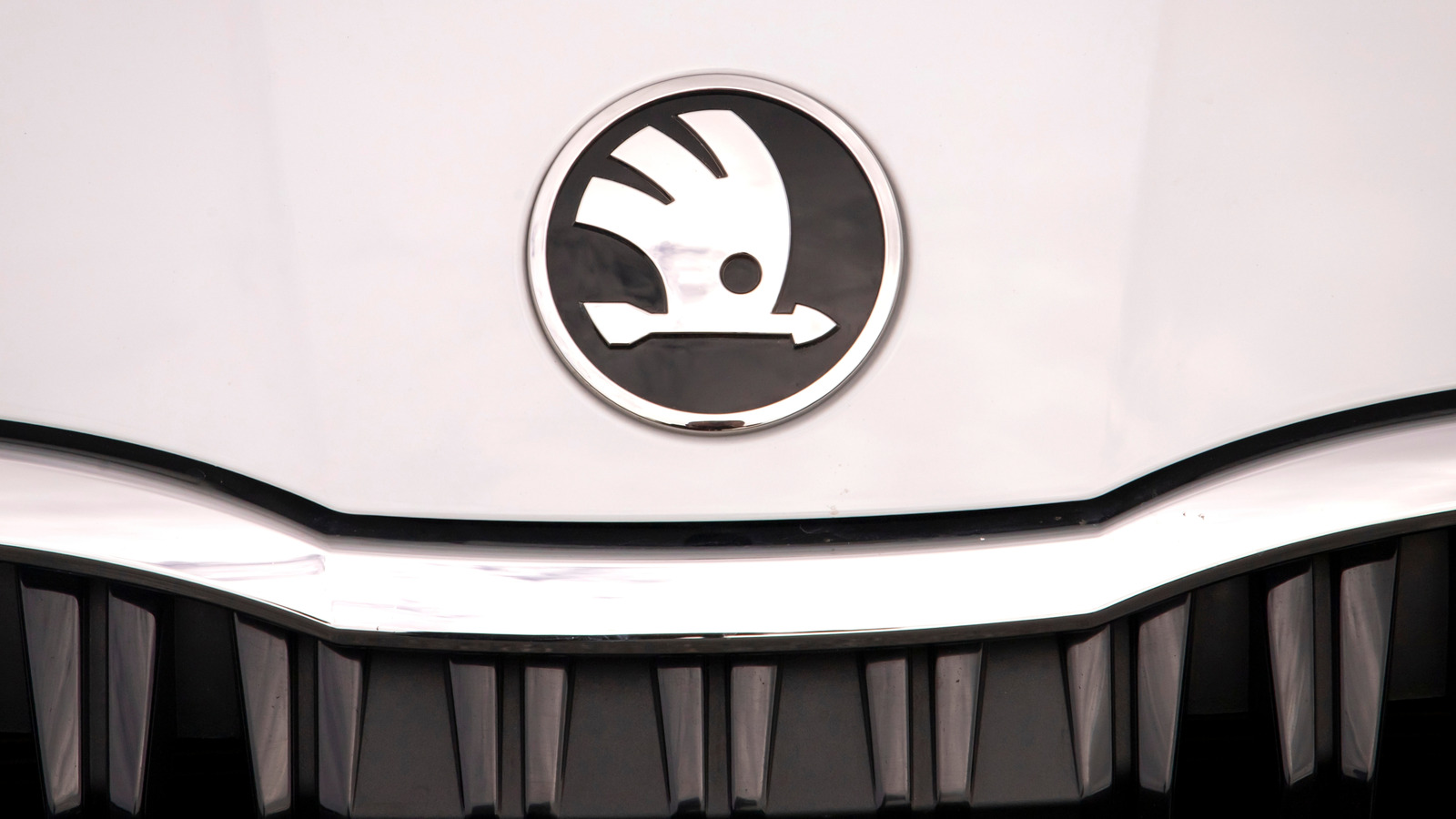
Munich Motor Show 2024 Unveils Next-Gen Electric Cars and Bold Concepts from Europe’s Top...
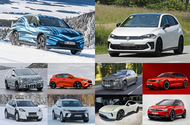 German industry party is shaping up to be the biggest motor show this decade. These are the highlights
German industry party is shaping up to be the biggest motor show this decade. These are the highlights
This year’s Munich motor show is shaping up to be Europe’s biggest since the Covid pandemic, with Volkswagen, BMW, Mercedes-Benz, Renault, Polestar and others set to reveal crucial new models.
These include the new BMW iX3 and Mercedes-Benz GLC, a pair of radical electric family SUVs that will kick-start new eras for the two German marques in terms of technology and design.
Another key focus at the show will be on the much-anticipated new wave of small EVs, with the likes of the Volkswagen ID 2 pencilled to be shown in production form for the first time.
Below is our guide to the most important cars at this year's Munich motor show.
Audi concept

A new Audi concept that will preview an all-new look for the brand under design boss Massimo Frascella is set to be shown for the first time at Munich.
It isn't yet known what size or type of car the concept will preview, but CEO Gernot Döllner has confirmed to Autocar that Audi will only produce concept cars that have true production intent and it will be “a bold step” for the brand and its design.
Döllner previously told Autocar that the brand was considering a new halo model, with the original TT cited as a key potential source of inspiration. Our rendering (above) suggests how this could look.
Everything you need to know about Audi’s upcoming concept: New Audi concept car to preview brand's 'bold' new look
BMW iX3
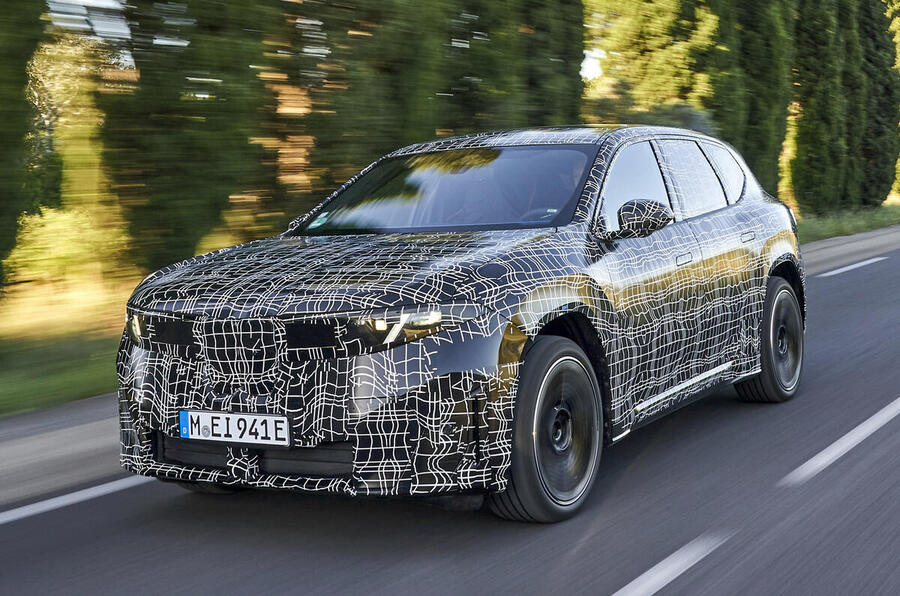
The first car to come from BMW's Neue Klasse revolution will bring a dramatic step in design, engineering and marketing.
It will be sold alongside the current, fourth-generation petrol X3 and will have slimmer batteries than the electric version of that car, bringing a dramatic leap in range up to 497 miles, as previously reported by Autocar.
That would make it Britain's longest-range EV.
Read our BMW iX3 prototype review
Cupra concept

Cupra will take the wraps off a new concept car that is expected to showcase the next generation of its interior design.
An official preview image shows a radical new cabin similar to that of the DarkRebel concept, which was unveiled in 2023, and includes a yoke-like steering wheel, a chunky central spine and racing seats.
Everything you need to know: Cupra to showcase future of interior design with radical concept
Cupra Raval
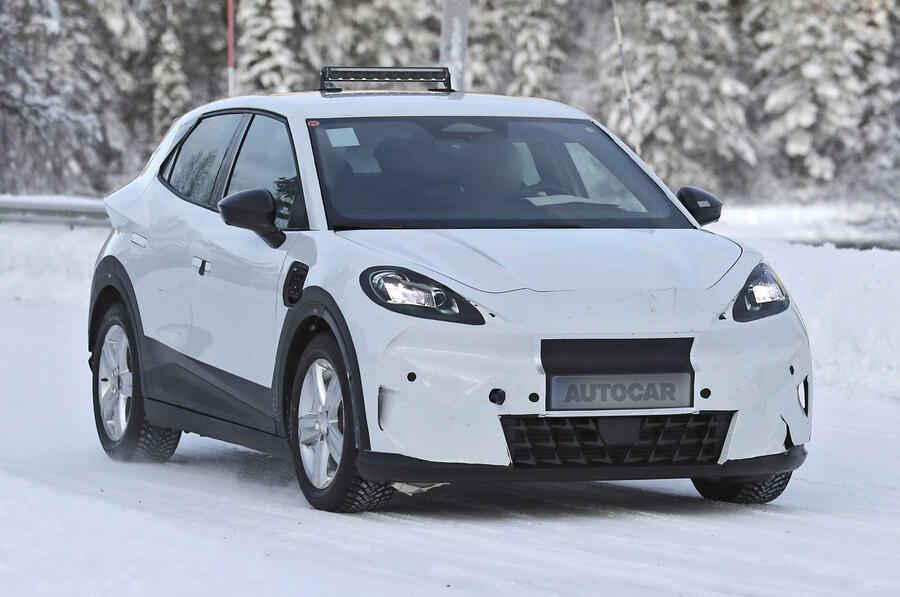
The Cupra Raval will make its production debut at the show. It will be the Spanish brand’s smallest EV, sitting below the Volkswagen ID 3-twinned Born.
Like that car, it will be positioned as the most sporty and “rebellious” variant of the Volkswagen Group's MEB Entry model range.
To that end, it will feature a more aggressive-looking design than the Volkswagen ID 2, which it will be built alongside.
Hyundai Ioniq 2
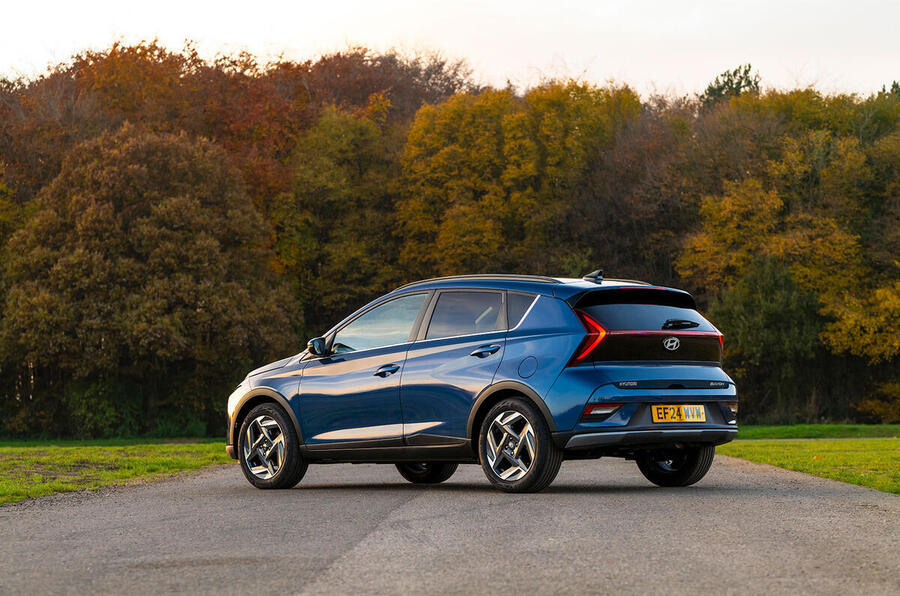
Hyundai is poised to reveal an electric crossover, most likely an electric alternative to the existing Bayon (above) badged Ioniq 2, as it pushes to expand its EV offerings.
Understood by Autocar to be twinned with sibling brand Kia’s incoming EV2, the compact crossover will plug the gap between the Inster and Kona Electric.
Set to be revealed at the Munich show, it will be positioned as a rival to the likes of the Renault 4 and Volvo EX30.
What to expect from the new Ioniq 2? Read more here: Hyundai to reveal new electric crossover in the "next few months"
Mercedes-AMG Concept AMG GT Track Sport
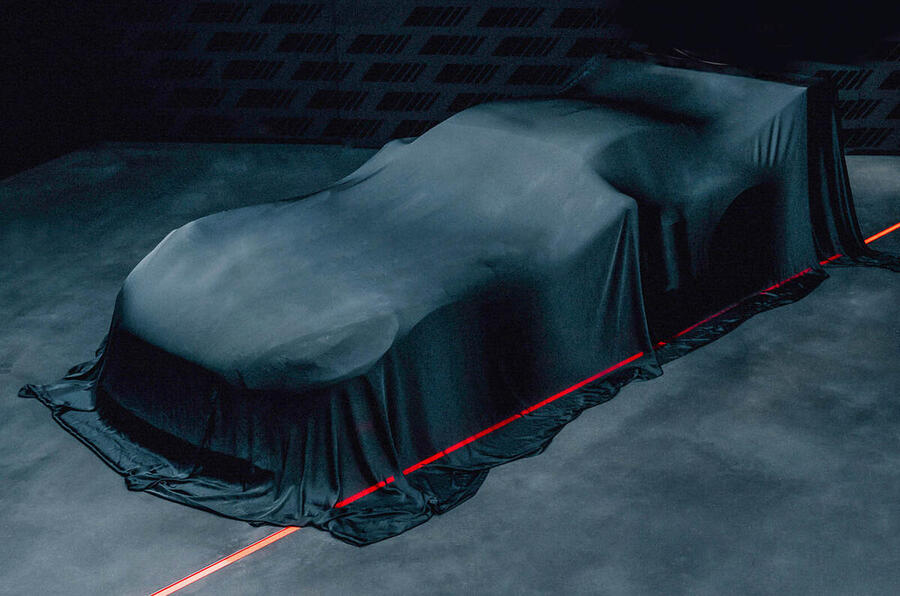
A V8-powered, track-honed rival to the Porsche 911 GT3 RS is being readied by Mercedes-AMG.
It will be previewed by the new Concept AMG GT Track Sport, based on the second-generation AMG GT, which was launched in 2023, and is expected to be revealed for the first time at the Munich show.
The new flagship GT is likely to be a successor to the AMG GT Black Series of 2022, which produced a staggering 730bhp from a highly modified version of AMG’s twin-turbocharged 4.0-litre V8.
Read all about the new radical concept here: Mercedes-AMG readying aggressive new GT to take on 911 GT3 RS
Mercedes-Benz GLC
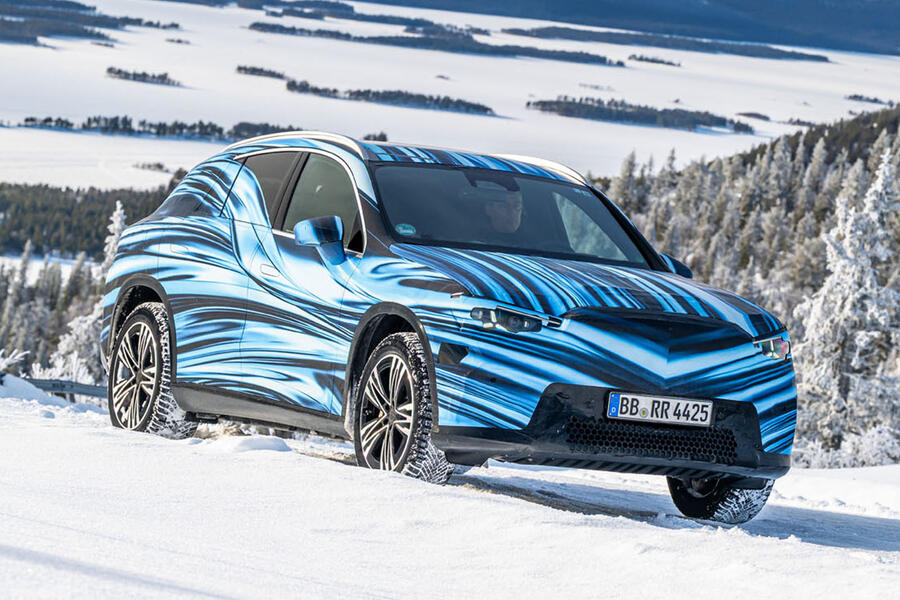
The arch rival of the iX3 will likewise bring a significant jump in range and charging speed compared with its predecessor, the EQC.
It will be sold with single- and dual-motor powertrains, the latter with up to 482bhp, and an AMG variant with as much as 600bhp is in the works.
Everything you need to know: Electric Mercedes GLC ramps up for September debut
Polestar 5
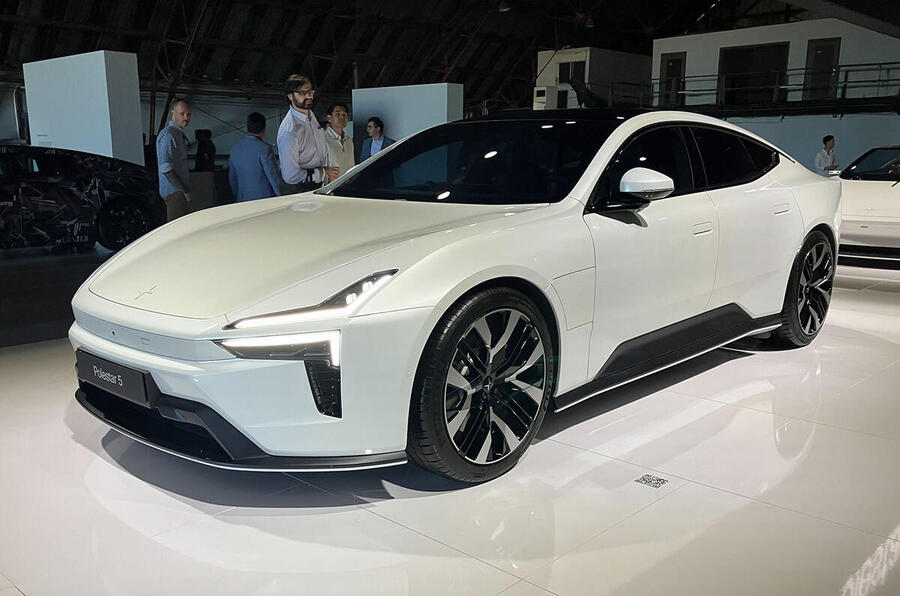
Polestar will reveal its Porsche Taycan-rivalling 5 at the Munich show. The newcomer is promised to offer nearly 900bhp in its most potent form.
The super-saloon is described as a “company-defining project” and will be the first model built to use Polestar’s new 800V electrical architecture.
Largely developed in Britain, it's said to have “supercar levels” of stiffness and be the lightest model in its class.
Everything you need to know about the Polestar 5: 'Extreme-fast charging' Polestar 5 GT to star at Munich motor show
Renault Clio
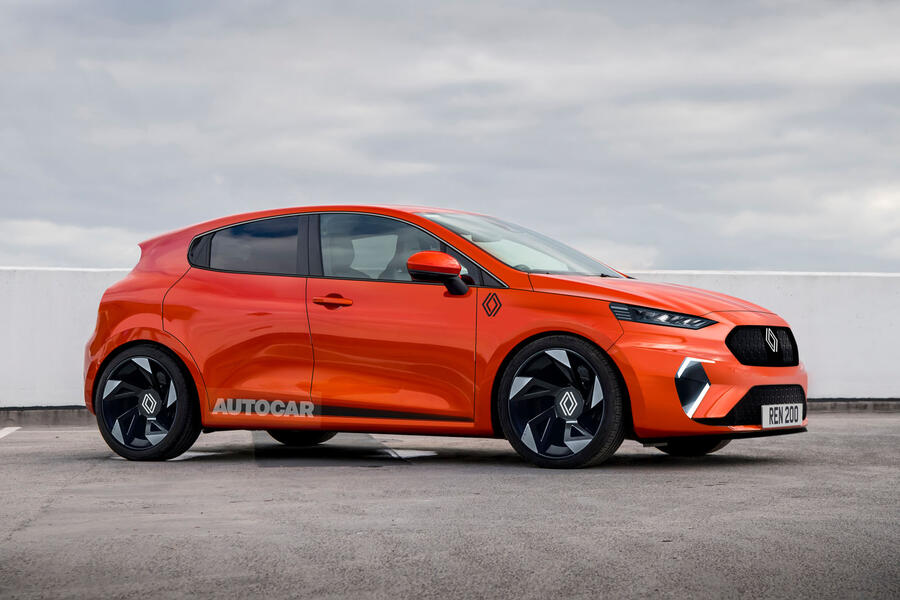
A radically different Renault Clio will be shown for the first time. The sixth-generation hatchback is set to ditch pure-petrol engines and go hybrid-only – in part to meet stringent new EU fleet emissions targets.
The supermini will also introduce several new design cues, such as a more prominent nose with a diamond-shaped grille pattern and twin-decked lip spoilers at the rear.
Everything you need to know about the new generation hatch: New Renault Clio set for Munich show debut ahead of 2026 launch
Skoda Epiq
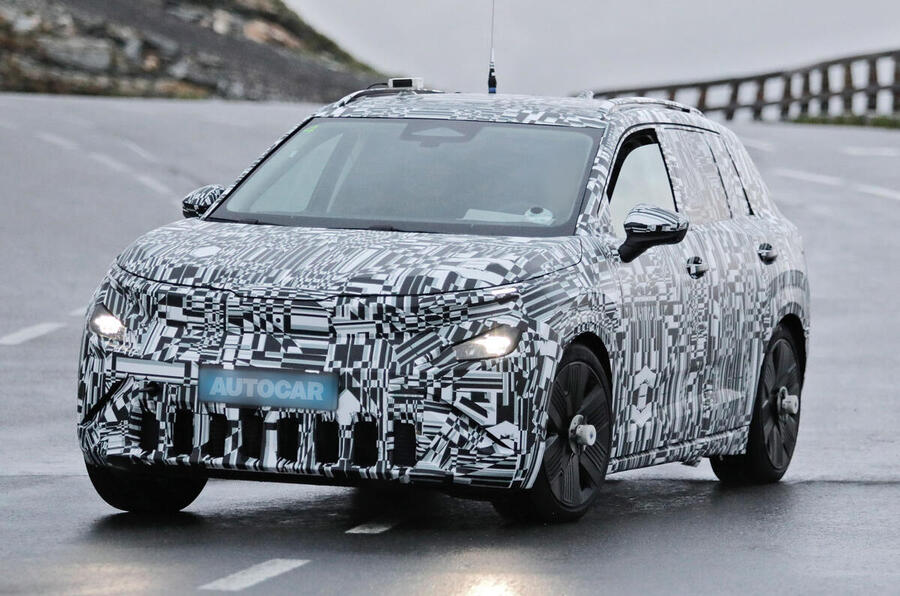
Along with its MEB Entry siblings, the Skoda Epiq is expected to be unveiled at the Munich show.
Previewed by a concept in 2024, it will go on sale next year priced at less than £25,000.
Like the ID 2X, with which it will share a production line, it will be a rugged, 4x4-inspired raised hatchback that will square off with the Renault 4. A hot vRS version is tipped to follow.
Everything you need to know: Skoda Epiq breaks cover as testing of £25k EV ramps up
Skoda Octavia concept
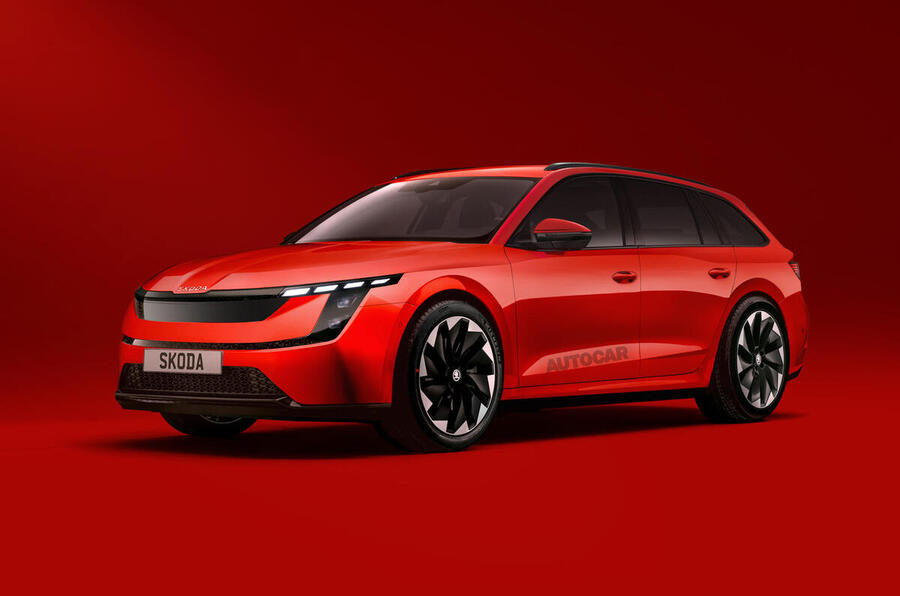
A new concept from Skoda will preview the next-generation Octavia Estate. CEO Klaus Zellmer told Autocar that it will be a “further step” for the brand in its design but will still “clearly be recognisable as a Skoda”.
It's likely to be based on the Volkswagen Group’s upcoming SSP platform, designed for its next-generation EVs.
Everything you need to know about the next Skoda Octavia: Incoming Octavia concept will showcase "next step" of Skoda design
Volkswagen ID 2

Making its debut at Munich, the long-awaited Volkswagen ID 2 will be the first of the Volkswagen Group’s MEB Entry range of price-leading EVs.
The ID 2 will be unveiled in production-ready form at the show ahead of its arrival in showrooms early next year.
The electric counterpart to the Polo is seen by those inside the group as one of the most important cars it has launched in recent times.
It's pencilled in to go on sale priced at or just below the £23,000 starting price of the Renault 5.
Everything you need to know: Volkswagen begins testing £22k ID 2 hatch ahead of 2026 arrival
Volkswagen ID 2X
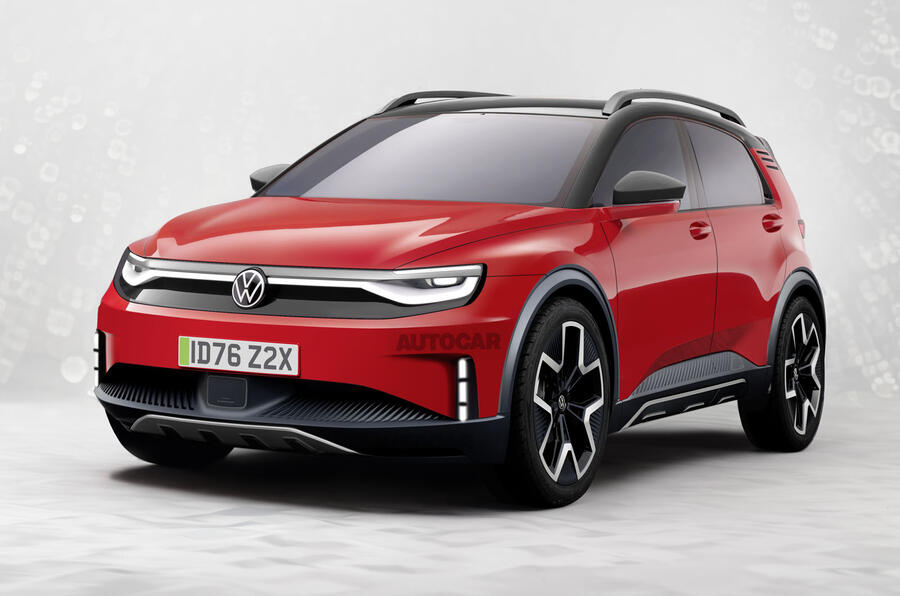
Alongside the ID 2, the taller and chunky ID 2X will be shown in near-production form for the first time. It will go on sale a year after the regular hatchback.
Effectively an electric alternative to the T-Cross, it will start at around £25,000, meaning it's set to be one of the cheapest electric SUVs on the market.
Everything you need to know about the Volkswagen ID 2X: Volkswagen ID 2X: £25k EV confirmed for Munich debut
Volkswagen T-Roc
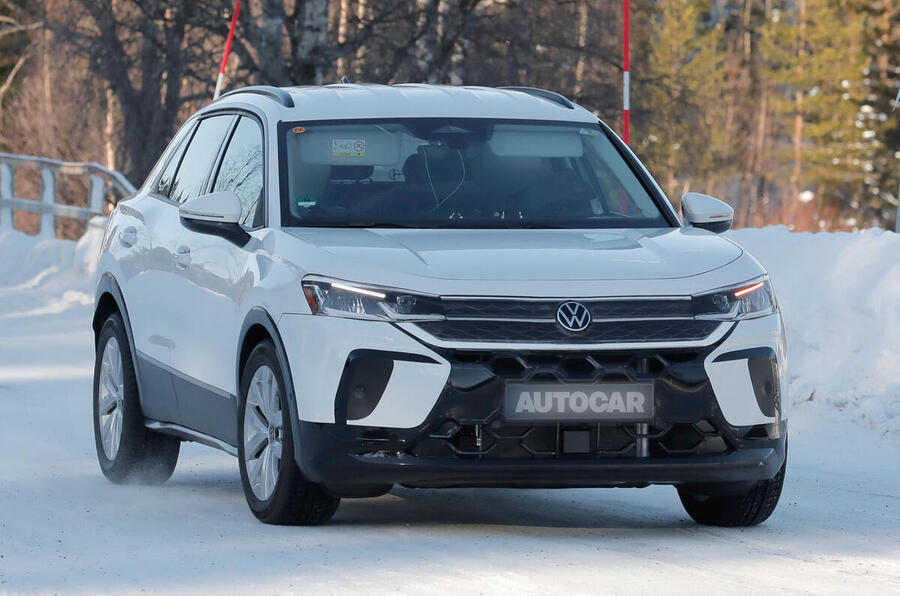
The second generation of Volkswagen’s hugely popular T-Roc crossover will be the first model to use a new full-hybrid powertrain - and it will be shown to the public for the first time at Muncih.
The new T-Roc, destined to be Volkswagen's final all-new model with a combustion powertrain, will be offered with a hybrid powertrain that works similarly to that used by Toyota, capable of driving the wheels using either a petrol engine, an electric motor or a combination of both at any given time. That set-up is also bound for the Golf and Tiguan.
Find out all about the new T-Roc here: New VW T-Roc due in August with Prius-style hybrid system
Tesla Cybertruck Suspended Mid-Air by Powerful Structural Adhesive

Twisted TBug Reinvents the Classic Baja Bug with Charm and Custom Style
 The Twisted TBug is yet another rear-engined, air-cooled resto-mod - but it's different in all the right ways
The Twisted TBug is yet another rear-engined, air-cooled resto-mod - but it's different in all the right ways
Have you seen the Twisted TBug? Twisted, the friendly, Yorkshire-based modifier of classic Land Rover Defenders (and now owner of a marine division as well), has started offering a Volkswagen Beetle Baja Bug restomod too.
(If it starts doing Hillman Imps, our respective garages will look even more alike.)
Unsurprisingly, the TBug looks somewhat nicer than my Baja Bug, because Twisted are people who are used to doing things properly. The interior looks trimmed beautifully, the stance is just so (I’m tempted to have a word with the front end of mine and a grinder) and there’s a reinforced chassis, a new engine, new electrics and LED lights that don’t look daft.
The power output has been about doubled over the original, but it’s still making less than 80bhp, so it isn’t a fast car – but that doesn’t matter a bit. “What makes the TBug special is that it makes you smile every time you slide behind the wheel,” says Twisted founder Charles Fawcett.
“In a world of increasingly serious and complex vehicles, there’s something wonderfully refreshing about that.” As they might have said in the 1970s, I can dig that.
Unlike Twisted Defenders and Suzuki Jimnys, this car exists in the ‘special projects’ bit of the company’s offerings. Lots of personalisation and customisation is on offer and it’s the sort of thing you could get lost for days in with the designers – although Twisted has made three for sale already to its thinking, in grey, green and yellow. You can spend around £95,000.

Rather refreshingly, the TBug is a restomod that isn’t about adding silly power, keying a chassis down to the road or fitting an electric drivetrain to it. And better still, it’s one that’s based on a rear-engined, air-cooled, two-door German car but not a you-know-what.
Maserati Revives Driving Passion with Manual Twin-Turbo GT
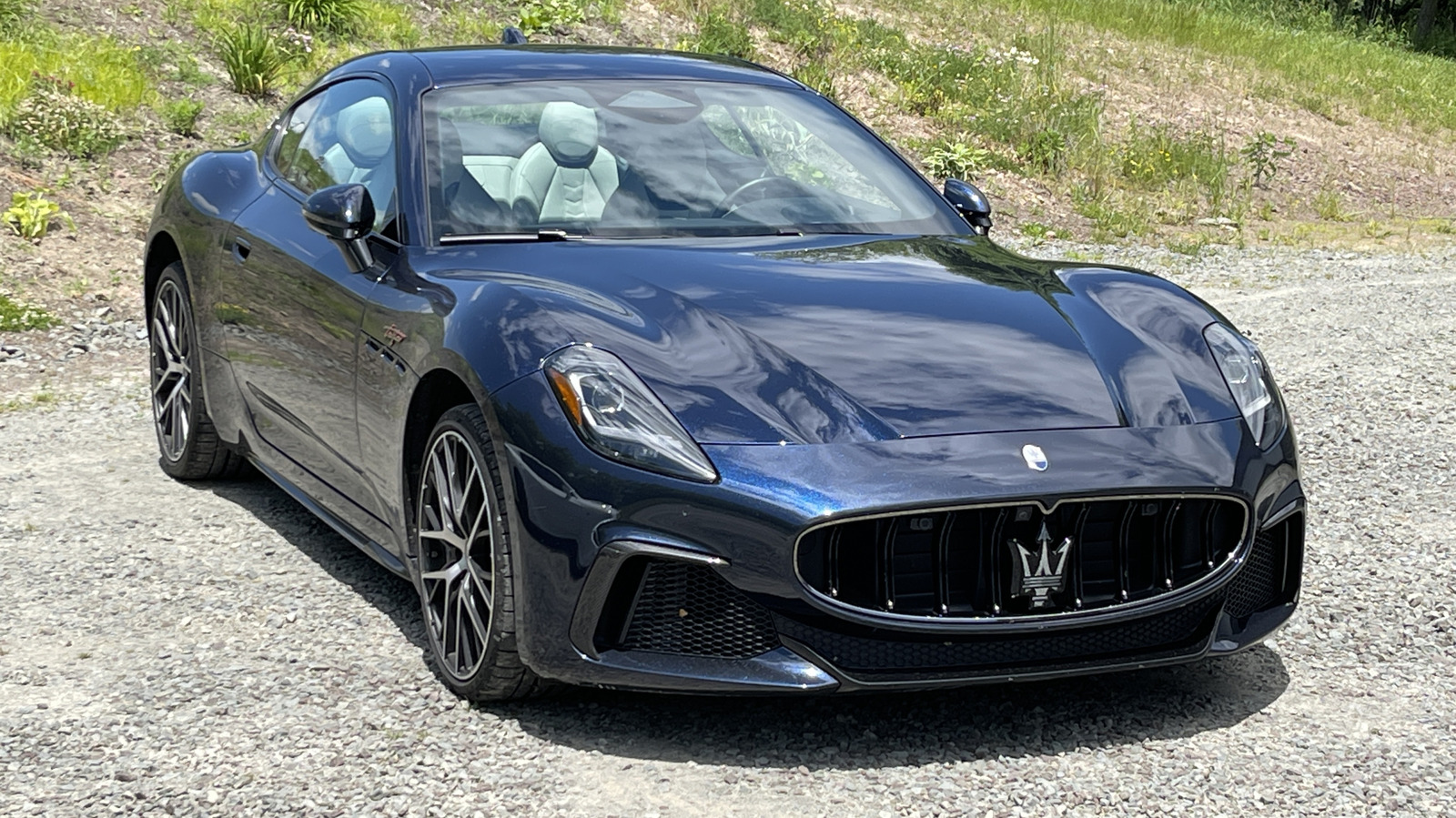
Renault Unveils Next-Gen Electric Vans with Custom Fleet Software to Drive UK Market Growth

New Renault Trafic, Goelette and Estafette are due to launch from next yearRenault now no.3 LCV maker in a tough UK market, eyes growth with customisable open-source software in new vans
Renault aims to shore up its position as one of the UK’s three most popular van makers with a new range of software-defined LCVs that promise to meet the exacting individual needs of all fleet operators.
Renault was the UK's third most popular van manufacturer in June, with 2584 registrations versus Volkswagen's 3452 and long-time market leader Ford's 9902 - with the Transit one of the country's best-selling vehicles overall, not just the most popular van.
The commercial and critical success of the new Renault Master (below) – named European Van of the Year and recipient of almost as many awards as the Renault 5 supermini – has been instrumental in driving that growth, said Renault UK managing director Adam Wood.
However, the French brand’s ascent through the segment ranks came against a backdrop of significant consolidation across the commercial vehicle market, with overall registrations down every month so far this year and culminating in a substantial 14.8% decline in June. In the first six months of 2025, total UK LCV sales were down 12.1% to just 156,000 units.
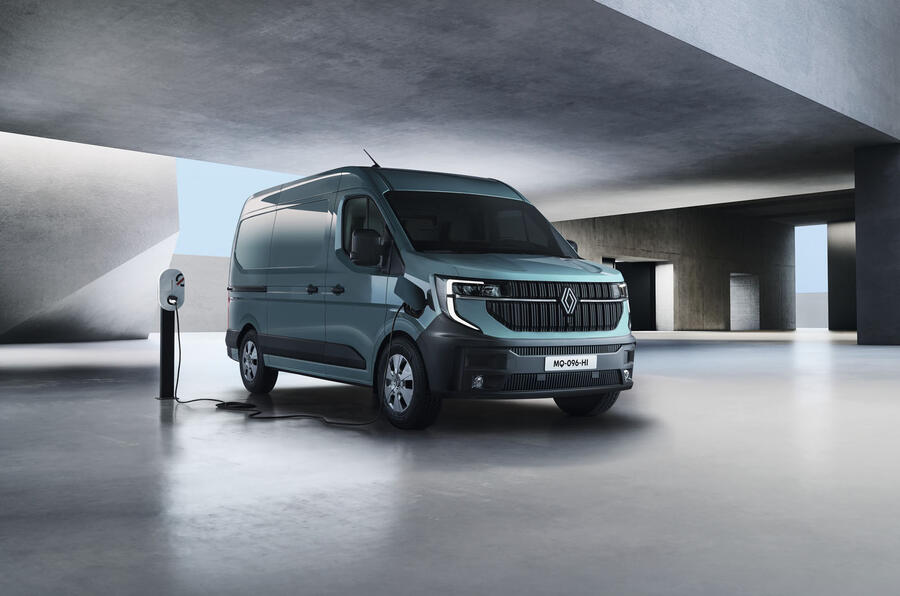
"We're at 6.7% market share this year – number five in the market – but it's been a first half of two halves," said Wood. "We ended certainly stronger than we began: in June, we actually delivered 8.9% market share, and we're now third. So we're a podium player in the van market.”
Wood suggested there has been a level of "market correction” in the LCV segment in recent months, following a lengthy period of demand far outstripping supply. “I think we’re seeing a resumption of normality in the van market,” he added.
Citing inflation across the sector as an inhibitor to uptake, Wood said fleet operators – including small business owners and sole traders – are re-evaluating their overheads as they confront serious headwinds that include increases to both employer's national insurance contributions and the statutory minimum wage.
But Wood was confident Renault can maintain its podium position in the UK LCV market as it prepares to introduce a trio of boldly styled new electric vans and expands its commercial fleet offering to give customers a “360deg ecosystem proposition” that will in effect make Renault a one-stop shop for all commercial fleet requirements.
The company unwrapped the new Goelette, Trafic and Estafette (below) at the Commercial Vehicle Show in Birmingham earlier this year. Wood said the unveiling was testament to the significance of the UK’s CV market for Renault, with futuristic styling and a new-generation software stack that will in theory enable vehicles to be tailored precisely to fleet customers' specific needs.
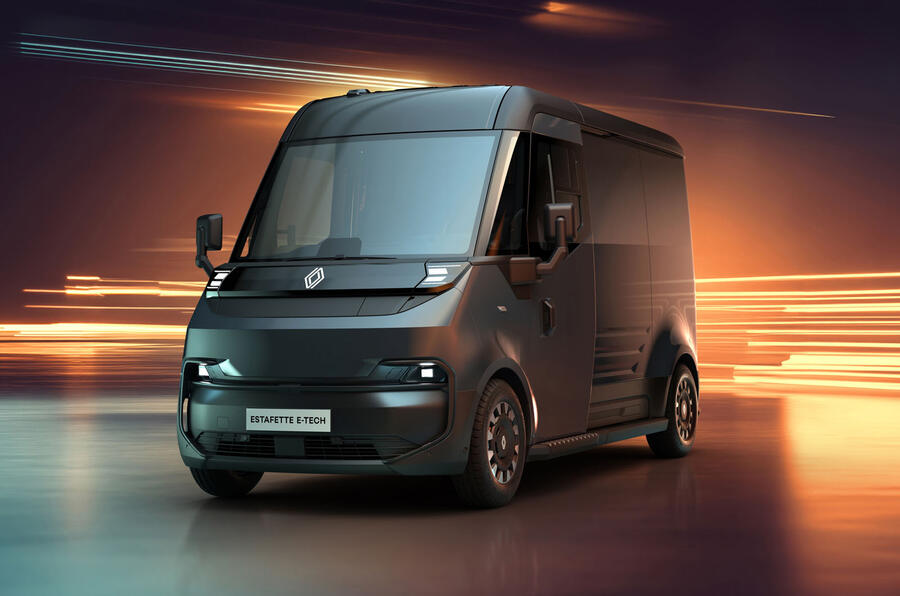
Due on sale from next year, these ‘software-defined vehicles’ – designed and engineered by Flexis, a CV joint-venture between Renault, Volvo and French logistics firm CMA CGM – are “very, very different” from the vans of the past, according to Wood, thanks to an open-source, Android-based operating system that is precisely configurable, highly scalable and infinitely updatable over the air.
"Effectively, you've got an upgradeable product that can evolve over time, but you've also got an open-source operation system which gives a whole new world of possibilities in terms of integration with businesses," he said.
"We know that businesses have different fleet management systems and different requirements in their vehicles - whether that's a medical supply or delivery van.
“What that enables us is to do is integrate seamlessly with those systems in our vehicles so we can tailor the vehicles to our businesses. That's going to unlock a lot of new corporate customers."
The precise functionality of the new-generation software stack remains under wraps, but examples of its projected functionality include the ability for companies to design their own integrated logistics platform for use in delivery vans and for precisely managing charging schedules across large fleets to maximise efficiency and minimise downtime.
“What our open-source software enables us to do is integrate with bespoke customers, with bespoke solutions, as opposed to a one-size-fits-all [approach] that was the case in the past,” explained Wood.
That holistic approach to fleet management extends to a broader LCV fleet offering that includes the installation of chargers at fleet bases through Renault’s Mobilize Power Solutions division, domestic wall boxes for smaller fleet operators or sole traders, and a 'charge pass' programme.
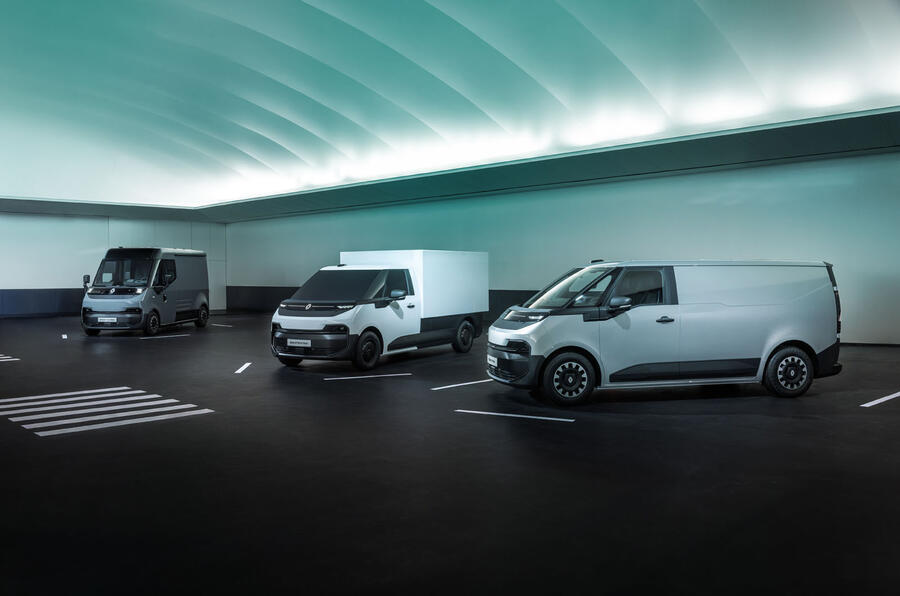
Wood said this new “360deg ecosystem” will be a crucial pillar of Renault’s strategy to boost sales of electric vans in the coming years, in order to meet the targets imposed by the UK government’s Zero-Emission Vehicle (ZEV) mandate.
Targets for electric vans are proportionally much lower than those imposed on passenger cars: manufacturers must achieve a 16% electric LCV sales mix in 2025, compared with 28% for cars. But Wood says the market is still “far below” that mandated figure. He added: “We've got a big job to educate all of those fleet customers about how to go on that transition to electric.”
Introducing new software that facilitates the electric switch for large fleets is a key strand of that education mission, but Wood said the appeal of commercial vehicles must go beyond raw functionality if Renault is to grow its market share and drive EV uptake - and design plays as much of a role in that regard as it does for cars such as the Renault 5 and 4.
"Don't forget, drivers are extremely proud of the van that they drive," said Wood. "They want the latest technology, they value the look and quality of the van they drive. So we certainly believe design is important."
He also said that as companies seek to boost their sustainability credentials in line with corporate regulation and customer expectations, they will naturally begin to favour electric fleet alternatives.
“The powertrain choice reflects very much on corporates, and they're increasingly aware of their carbon footprint - so the design, the powertrain, the technology, the efficiency, is important for their corporate image."
Irrespective of Renault’s goal to remain a podium player, though, the company is not rigidly focused on achieving growth at all costs. Instead, said Wood, it will pursue a policy of stability in the name of sustainability.
He added: "What's absolutely clear is that we're not going to change our strategy, which is very much 'volume with value'. We want to play in the right ways in the LCV market - and that means growing our corporate and local fleet business.
“We're a podium player today, and I think in the medium term our ambition is to be a podium player in the UK. But we'll always do it sustainably in the right way, in the right channels, because we know we've got really competitive products. Really it's about selling the merits of our products to customers with whom we want to partner."
Ferrari V8 Motorcycle Defies Convention with Jaw-Dropping Power
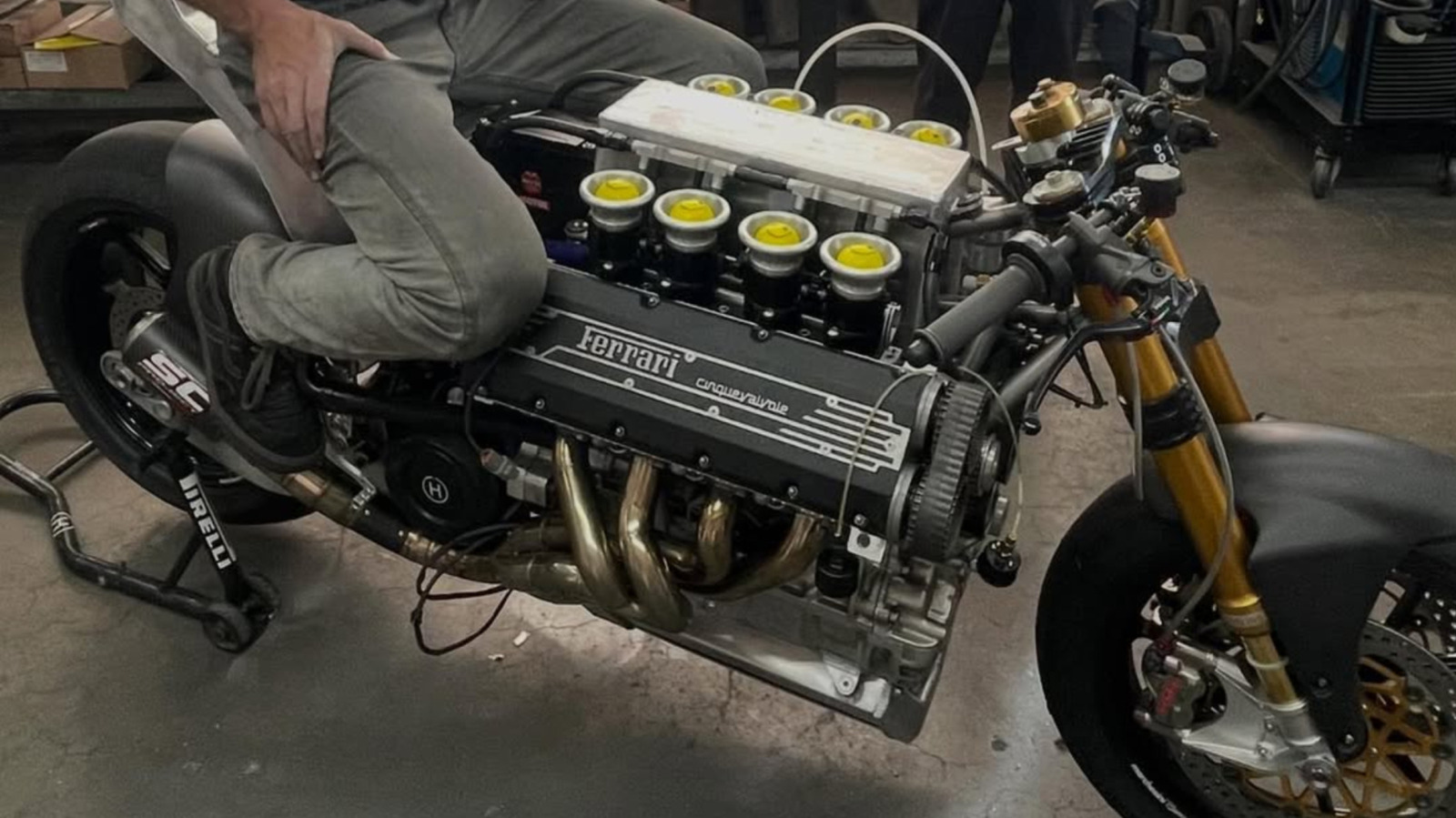
BMW M3 CS Touring Redefines Track-Ready Estates With Power and Practicality
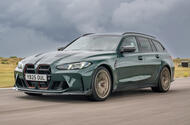 Competition Sport package is offered on an estate for the first time Following simple 1+1=2 thinking, the BMW M3 CS Touring was inevitable.After all, there have been hardcore CS versions of the M3 saloon and the M4 coupé, so logic dictates that the same carbonfibre canards, gold wheels, added power and chassis tweaks would be applied to the M3 estate. Then again, exceptions like the kerb-hopping Volvo 850 BTCC car aside, track-ready estates have always been a rare thing, probably because the combination of extra weight and practicality seems incompatible with pure performance. Even Mercedes-AMG has always chosen coupés as the bases for its Black Series cars.But actually, I’d argue that an estate makes total sense here. No modern M3 or M4 is particularly light. The standard M3 saloon (which these days always comes with xDrive four-wheel drive in the UK) weighs 1780kg, so whether you add 85kg to make it an estate or subtract 15kg by way of various carbon bits (the rear seats remain in place) to make it a CS, are you really going to notice?What you will notice is how much easier it is to stuff a spare set of wheels and a trolley jack into the back of an estate than it is with a saloon or a coupé. It is at once race car and support vehicle – surely the pinnacle of efficiency.
Competition Sport package is offered on an estate for the first time Following simple 1+1=2 thinking, the BMW M3 CS Touring was inevitable.After all, there have been hardcore CS versions of the M3 saloon and the M4 coupé, so logic dictates that the same carbonfibre canards, gold wheels, added power and chassis tweaks would be applied to the M3 estate. Then again, exceptions like the kerb-hopping Volvo 850 BTCC car aside, track-ready estates have always been a rare thing, probably because the combination of extra weight and practicality seems incompatible with pure performance. Even Mercedes-AMG has always chosen coupés as the bases for its Black Series cars.But actually, I’d argue that an estate makes total sense here. No modern M3 or M4 is particularly light. The standard M3 saloon (which these days always comes with xDrive four-wheel drive in the UK) weighs 1780kg, so whether you add 85kg to make it an estate or subtract 15kg by way of various carbon bits (the rear seats remain in place) to make it a CS, are you really going to notice?What you will notice is how much easier it is to stuff a spare set of wheels and a trolley jack into the back of an estate than it is with a saloon or a coupé. It is at once race car and support vehicle – surely the pinnacle of efficiency.The Surprising Purpose Behind Classic Pontiac’s Rare Eight-Lug Wheels
